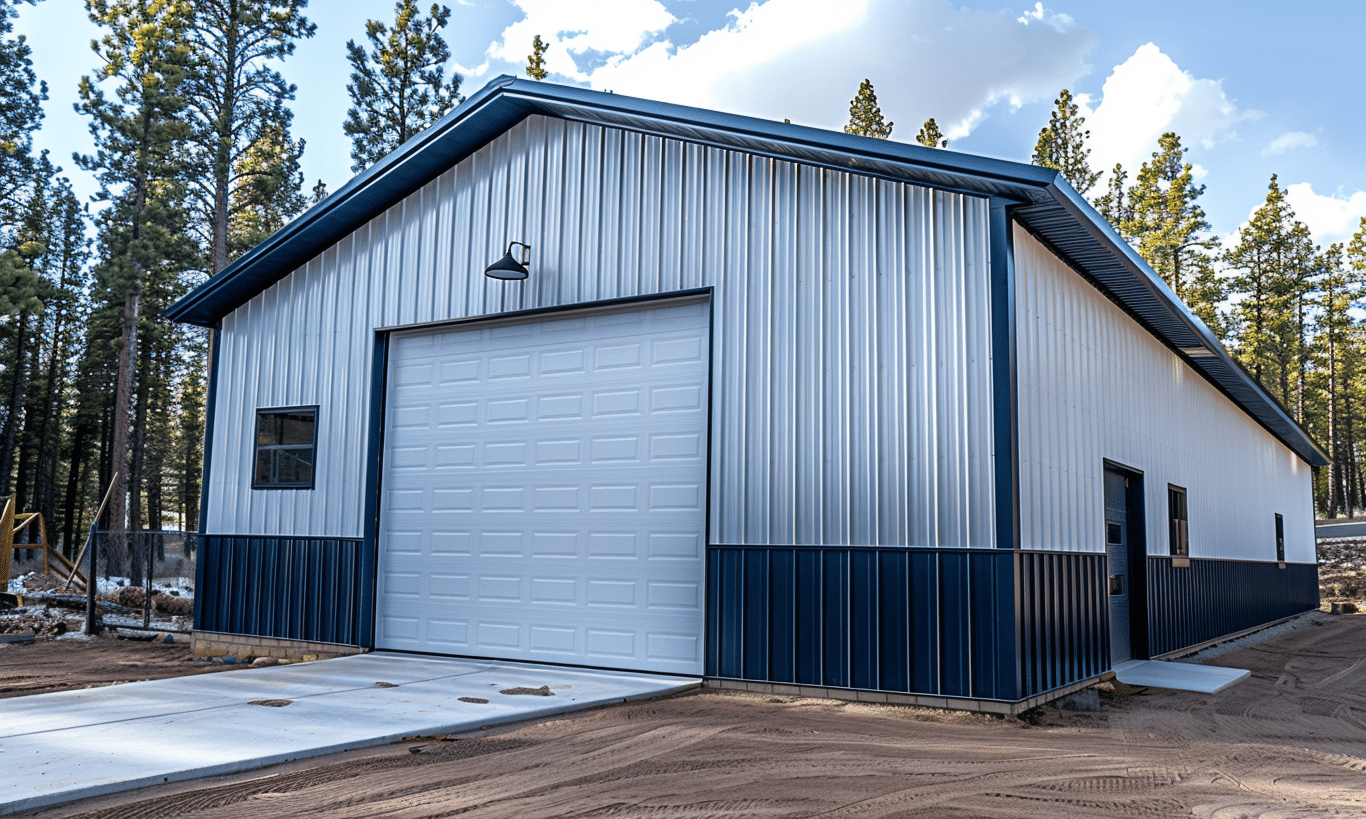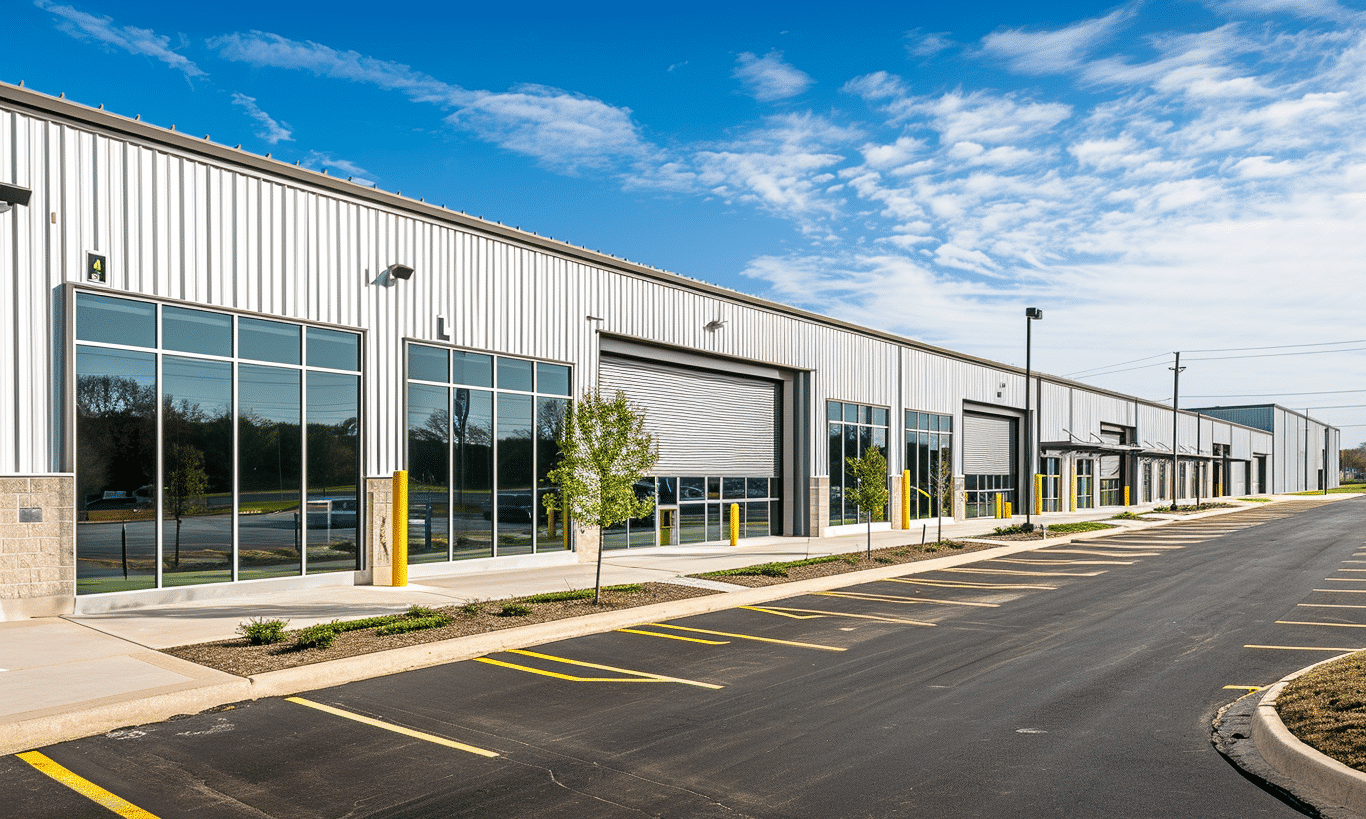In the quest for greater environmental responsibility and reduced energy bills, property owners are turning their attention towards sustainable HVAC systems. These innovative heating and cooling solutions do more than just moderate indoor climate—they redefine how we interact with our environment. When we think about **sustainable HVAC systems**, the question isn’t just “How can I keep my house comfortable?” but rather, “How can I do so in a way that harmonizes with nature?” Let’s dive into how modern systems are transforming the landscape of energy use and sustainability in buildings.
The Evolution of Heating and Cooling Systems
Our ancestors heated their homes with fire and cooled them with open windows. Fast forward a few centuries, and we’ve witnessed extraordinary advancements in how we control indoor climate. Yet, with comfort often came increased energy consumption and a larger carbon footprint. The recent shift toward sustainable HVAC systems marks a deliberate move towards reducing these negative impacts while enhancing efficiency.
**Sustainable HVAC systems** integrate technologies that leverage renewable energy sources, reduce energy consumption, and minimize environmental impact. These systems utilize alternative methods and geothermal sources to create efficient heating and cooling environments with minimal ecological disturbance.
Understanding Sustainable HVAC Systems
How do these systems function, you ask? Sustainable HVAC systems embrace a range of technologies. From solar heating to geothermal heating and cooling, they harness the earth’s natural resources to maintain indoor comfort. By tapping into the consistent temperature underground, geothermal systems provide efficient heating in the winter and cooling in the summer, without the carbon emissions associated with traditional HVAC units.
Beyond geothermal, sustainable HVAC designs incorporate advanced technologies such as smart controls, variable refrigerant flows, and energy recovery ventilators. Each plays a role in reducing energy waste and maximizing the system’s efficiency.
Environmental Benefits of Sustainable HVAC Systems
Imagine a world where reducing your carbon footprint and savings on energy costs go hand-in-hand. This is the promise of sustainable HVAC systems. Anchored by technological advancements, these systems significantly reduce dependency on non-renewable energy sources. Here’s how they make a difference:
1. **Reduced Energy Consumption**: Unlike conventional units that operate continuously, sustainable HVAC systems optimize energy use with demand. This precision lowers overall consumption.
2. **Low Carbon Emissions**: With features like **geothermal heating and cooling**, these systems leverage renewable sources, significantly slashing greenhouse gas emissions compared to traditional systems.
3. **Cost Efficiency**: Although the initial installation costs might be higher, sustainable systems often translate into reduced energy bills over time, recouping initial expenditure through monthly savings.
For those constructing or modifying a building, opting for sustainable HVAC systems is analogous to planting a tree that eventually offers shade, enriching both the environment and savings over time. Want to learn more about the environmental advantages? Check out our resource on the Environmental Benefits of Steel Buildings.
The Role of Sustainable HVAC in Metal Buildings
When considering the principles of energy-efficient construction, one can’t overlook the synergy between metal buildings and sustainable HVAC systems. The robust design of metal buildings provides a perfect canvas for integrating efficient heating and cooling solutions. The thermal mass of steel can be effectively used in tandem with efficient system design, enabling optimal energy retention and distribution.
Embedding these HVAC systems in metal buildings isn’t just a trend; it’s laying the groundwork for future-proof facilities. Whether you’re constructing a garage or a skyscraper, marrying sustainable HVAC solutions with metal structures epitomizes energy efficiency at its finest.

Incorporating Sustainable Systems in Canadian Buildings
Canada’s building sector is undergoing a green transformation, as illustrated by entities like the Canada Mortgage and Housing Corporation – Sustainable Heating and Cooling Systems. These standards are encouraging the adoption of cutting-edge sustainable HVAC solutions tailored to the nation’s unique climate needs.
By weaving sustainable HVAC systems into the fabric of **energy-efficient building design**, property developers across Canada are not only enhancing indoor comfort but also contributing positively to the environment.
Practical Implementation
So, how is this all put into practice? It often starts with a comprehensive audit—analyzing current systems, understanding occupancy patterns, and assessing the potential for renewable energy integration. By doing so, engineers can design a system that specifically addresses a building’s heating and cooling loads without extraneous energy use.
When implementing energy-efficient building designs, consider factors like insulation quality, building orientation, and window-to-wall ratios. These seemingly small details cumulatively forge a pathway to optimal HVAC operation.
The Path Forward
The integration of sustainable HVAC systems signifies a major step forward in the quest for energy independence and environmental sustainability. While these systems represent a piece of the larger puzzle, they remain pivotal in steering the building industry towards a greener future.
Whether you’re considering renovating an existing property or planning the construction of a new one, the adoption of sustainable HVAC systems is more than a choice—it’s a commitment to a vibrant, sustainable future.
In closing, if you’re open to new ways of thinking, sustainable HVAC systems could be your key to unlocking both environmental stewardship and cost efficiency. After all, the way we build today shapes the world we inhabit tomorrow.
Explore more about building sustainably and efficiently through our comprehensive guides and resources. Let’s make sustainability not just a goal, but the norm.










